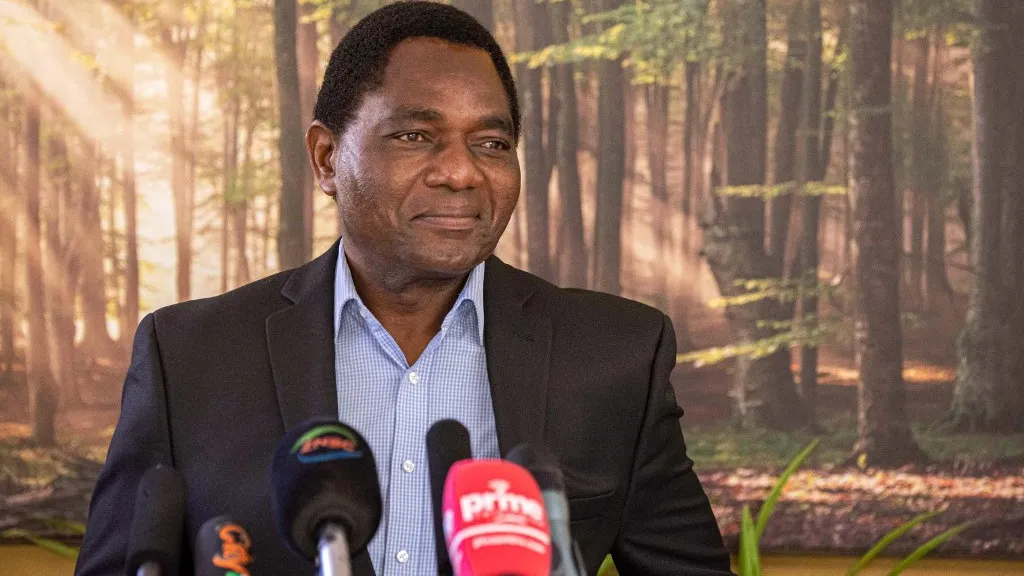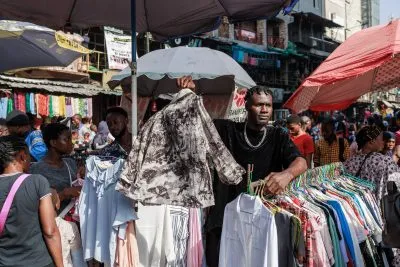As Zambia began talks with its creditors to resolve its debt crisis, Hannah Ryder, the CEO of China-based African consultancy Development Reimagined, spoke to African Business about the country’s chances of obtaining an IMF bailout and its prospects for economic growth.
What can we expect from the talks? What could a debt revamp plan look like?
This is the first meeting of the creditors so we should not expect too much. The main part of the meeting will be for Zambia to make its case for debt restructuring and relief and has announced that it will do so. The debtor presenting its case at the beginning is normal practice for Paris Club committees.
The difference this time is that a few other countries that don’t usually participate in these committees will be around the table – for example China will be represented and is actually co-chairing, and it seems some of the multilaterals will be there such as IMF, though it is unclear if AfDB will be attending.
However, and again as usual, private sector actors will not be there. Zambia owes quite a bit of its debt to private and commercial lenders from all over the world, so this will make the discussion difficult because Zambia cannot be guaranteed of any plan that it has to manage those debts. In any case, decisions will take several more meetings of the creditors.
Furthermore, different creditors will be looking for different things in the meeting. Paris Club lenders will be interested in Zambia’s presentation of IMF’s debt sustainability assessment, and therefore Zambia’s plans for cutting spending – for example via cutting subsidies or increasing privatisation, which are typical IMF policy prescriptions.
Chinese lenders, on the other hand, will be looking to Zambia to outline its plans for growth – because many of the projects that China has lent to require a buoyant, growing economy to deliver a return or even provide tax revenue to recycle into debt repayments.
The challenge for Zambia in this context is two-fold:
- First, whether Zambia knows this is what the different creditors want to hear and has prepared to speak to both types of concerns. There is a risk that, especially convened in Paris, that Zambia speaks most to the first IMF-style concern.
- Second, these two perspectives could be in conflict – IMF’s prescriptions could actually dampen growth, demand and revenues in Zambia, while means of encouraging growth may imply more spending, for example building more infrastructure to create jobs and markets, increase productivity and tax revenues, and so on. These suggestions are unlikely to be made by the IMF in its assessment.
This highlights fundamental challenges that African and other low- and middle-income countries face in debt restructuring.
Far too often the focus of debt restructuring discussions is on lowering the quantity of debt – but there is both theory and evidence to suggest that the quality of debt matters just as much, and it is this that requires scrutiny in the discussion.
In fact, a response by Zambia to debt challenges that aims for “quantitative easing” – i.e. more spending in an economy to address economic challenges (especially those externally driven such as Covid19) is the best response, not reducing spending. Indeed, this is what many high-income countries did themselves in response to Covid19.
Zambia should in principle be entitled to do the same, even if its debt is externally owed. It doesn’t mean it is being irresponsible.
Having China and other emerging economies in the room when Zambia presents its case may help Zambia to counter demands to cut its spending to address the crisis it is facing, but it is unclear whether the government takes this kind of economic perspective. But this will be the key question for analysts to review coming out of this particular meeting.
Is Zambia unlikely to receive financing assurances from its bilateral creditors to unlock a $1.4bn bailout from the IMF? And will the bailout resolve its unsustainable debt?
As above, Zambia may well be able to get assurances from this meeting to unlock the IMF programme, and possibly also World Bank finance as well. The IMF seem to be willing, and some creditors have said that Zambia’s recent actions and promises to increase transparency and debt management may also be helpful for them to back an IMF programme.
However, in terms of sustainability, the problem is Zambia and all creditors have to assume no relief or restructuring from the (non-Chinese) private lenders, which still puts a lot of pressure on Zambia’s fiscal space.
Not only this, interest rates of these debts may continue to grow – as they are flexible – as took place for many countries in the 1990s onwards, which may mean Zambia has to keep on rescheduling and reviewing its plan.
Unless Zambia has a clear plan for reviving its economy, taking account the risks of interest rates rising and a risk-ridden and uncertain global economy, it’s very unclear if any bailout today will really help in the medium-term.
It’s all about the quality of how Zambia spends now – and as I said if that spending is not growth enabling, I am not convinced of significant progress.
Hichilema is seen as a rising star for reforms and democracy on the continent – is he living up to the hype?
This question assumes that reforms and democracy guarantee development. There is little evidence for this. Zambia – like many African countries – has a very challenging history of colonialism and dependency to unlock its own endogenous development.
Having been democratically elected, if Hichilema can use reforms to break that cycle, he will live up to the hype. But right now, I’m not convinced this will happen. There are many voices in and outside of Zambia that abstract from or are vested in this history that make this kind of reform difficult to pursue.
Want to continue reading? Subscribe today.
You've read all your free articles for this month! Subscribe now to enjoy full access to our content.
Digital Monthly
£8.00 / month
Receive full unlimited access to our articles, opinions, podcasts and more.
Digital Yearly
£70.00 / year
Our best value offer - save £26 and gain access to all of our digital content for an entire year!
 Sign in with Google
Sign in with Google 



